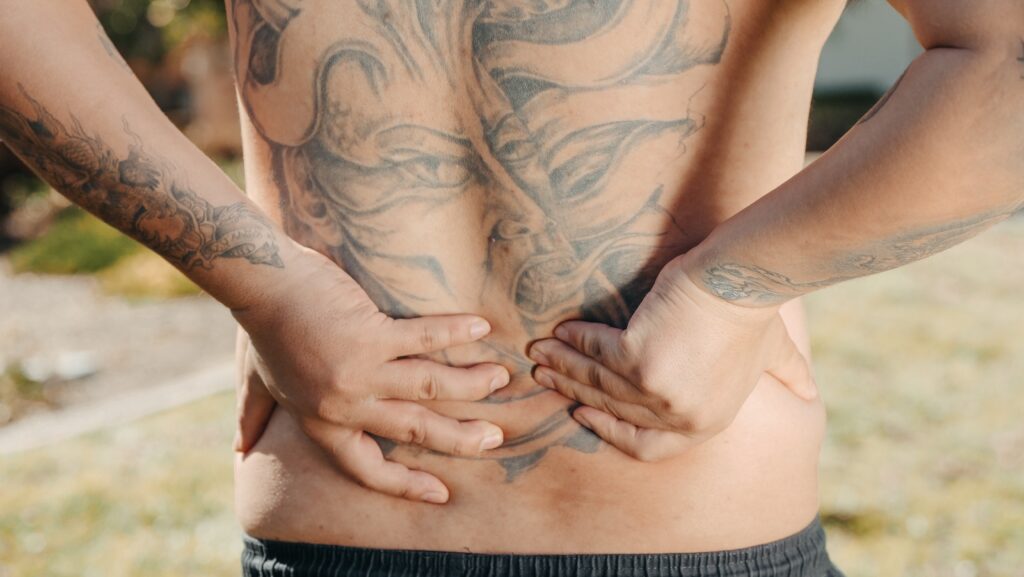Physical Therapy Helps Herniated Discs
Introduction
A herniated disc can cause unbearable pain and stiffness in the spine and lower back. These discs are cushion-like structures sandwiched between the vertebrae in your spine. When they become damaged or ruptured, they press against the nerves in the spinal canal, causing intense pain that can radiate down the back and legs.
Although the symptoms can be debilitating, there are treatments available to help manage the condition. Physical therapy can be highly effective in relieving pain and addressing the underlying issues. With proper care, patients can work towards recovery and improve their quality of life.
What To Expect At Physical Therapy
When physical therapy for a herniated disc injury, the first step is an assessment by the therapist to identify the pain source and develop a personalized treatment plan. The therapist records your medical history and conducts several tests, such as manual muscle testing, range-of-motion testing, neurological testing, imaging studies, and functional tests like balance activities or walking tests. Based on all this information, the therapist will tailor a treatment plan that may include stretching, strengthening exercises, massage, joint mobilizations, or spinal manipulations. Stay confident that all of these procedures are particularly designed to meet your individual needs and relieve your pain.
What Types Of Exercises You Might Do Including A List Of Exercises
Exercises that may be prescribed by your therapist include:
• Stretching: To increase flexibility in tight muscles around the spine which helps reduce pressure on the discs; examples include hamstring stretches or shoulder stretches
• Strengthening: To build strength in weak muscles around the spine; examples include core strengthening exercises like planks or quadriceps curls
• Balance Activities: To improve coordination and stability; examples include standing on one foot for 30 seconds
• Walking And Aerobic Exercise: To help increase cardiovascular endurance; examples include walking on a treadmill for 10 minutes at moderate intensity
• Postural Education: To teach proper posture while sitting or standing; example include spinal stabilization exercises like pelvic tilts
How Long Recovery Takes
Recovery from a herniated disc depends on factors like age, smoking, and diabetes. Physical therapy brings relief in 4-6 weeks, but full recovery can take 3-6 months. Stick to therapy sessions and prescribed exercises for best results.
Conclusion
Physical therapy is an excellent option for those with herniated disc back pain. Various stretching and resistance training activities help reduce pain levels & improve mobility. Recovery time varies but relief generally comes within 4-6 weeks, with full recovery usually taking 3-6 months if all components are followed closely.
References:
1) Gatchel RJ et al.’s 2019 research compiling evidence-based prevention strategies of occupational low back disorders provides valuable insights for healthcare professionals.
2) The American Physical Therapy Association’s (APTA) comprehensive Orthopaedic section patient handbook, accessible on their website, is a great resource for patients and consumers seeking to understand their condition and treatment

